Leather is big business in Morocco. In fact, it is one of the country’s largest exports shipping up to 100 million slippers annually to countries including Spain, France and India.
Although most of the production is now carried out in factories as well as countless workshops in souks around the country, the ancient tanneries of Fès are still very much in operation. The city of Fès was founded in the 9th century and is home to numerous leather tanneries – the most famous being the Chouwara Tannery as featured on our Magnificent Morocco private tours – which have been in operation for more than one thousand years.
The traditional process of leather tanning has not really altered here through the centuries, and it is definitely not a glamorous job!
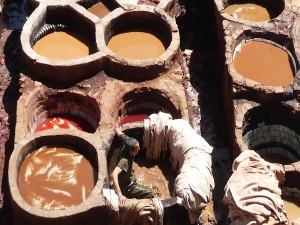
In order to prepare the leather for tanning, hides are first soaked in a mixture of cow urine, quicklime, water and salt. Workers soak the hides in this mixture so that they can break down the tough leather, the hides are then passed along the production line and soaked in another container with a mixture of water and pigeon poop!
The workers use their feet to knead the leather for up to three hours in order for the ammonia in the mixture to make the hides softer to absorb the dye.
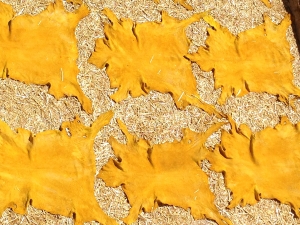
When you visit a tannery, you will see what can only be described as a giant tray of water colours! The large vessels containing dyes are laid out ready for the leather to be dipped in by dozens of men often standing up to their waist in dye tending to the leather hides that are being soaked in the dye under the hot sun. Once the leather has been dyed, it is taken out to dry. Once dry, the leather will be taken out and sold to other craftsmen who will transform the raw leather materials into products such as Moroccan slippers, handbags, wallets, furniture and other accessories.
Dyes are usually made from natural ingredients including henna, saffron, mint, and 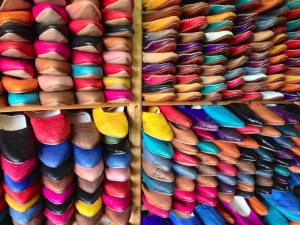 olive oil (which makes the leather shine.) The colours in the giant pallets change from day to day, and the best way to view the production line in its entirety is from above on the terraces, this is also where you will find a high concentration of leather shops.
olive oil (which makes the leather shine.) The colours in the giant pallets change from day to day, and the best way to view the production line in its entirety is from above on the terraces, this is also where you will find a high concentration of leather shops.
Join us on our Heritage, Culture and Sahara private tour to have the chance to visit the oldest city in Morocco and take in the awesome sights of the tannery workers carrying out this ancient practice.
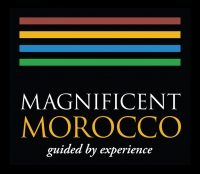
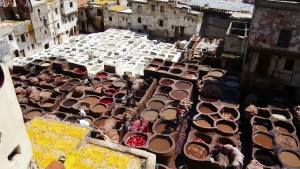
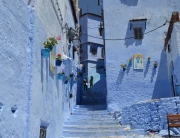
Leave A Comment
You must be logged in to post a comment.